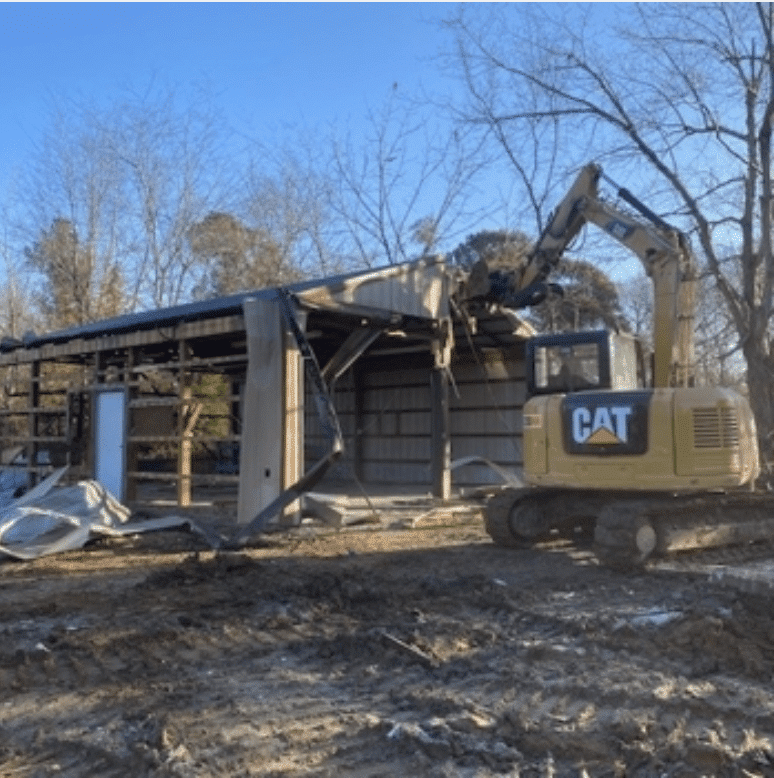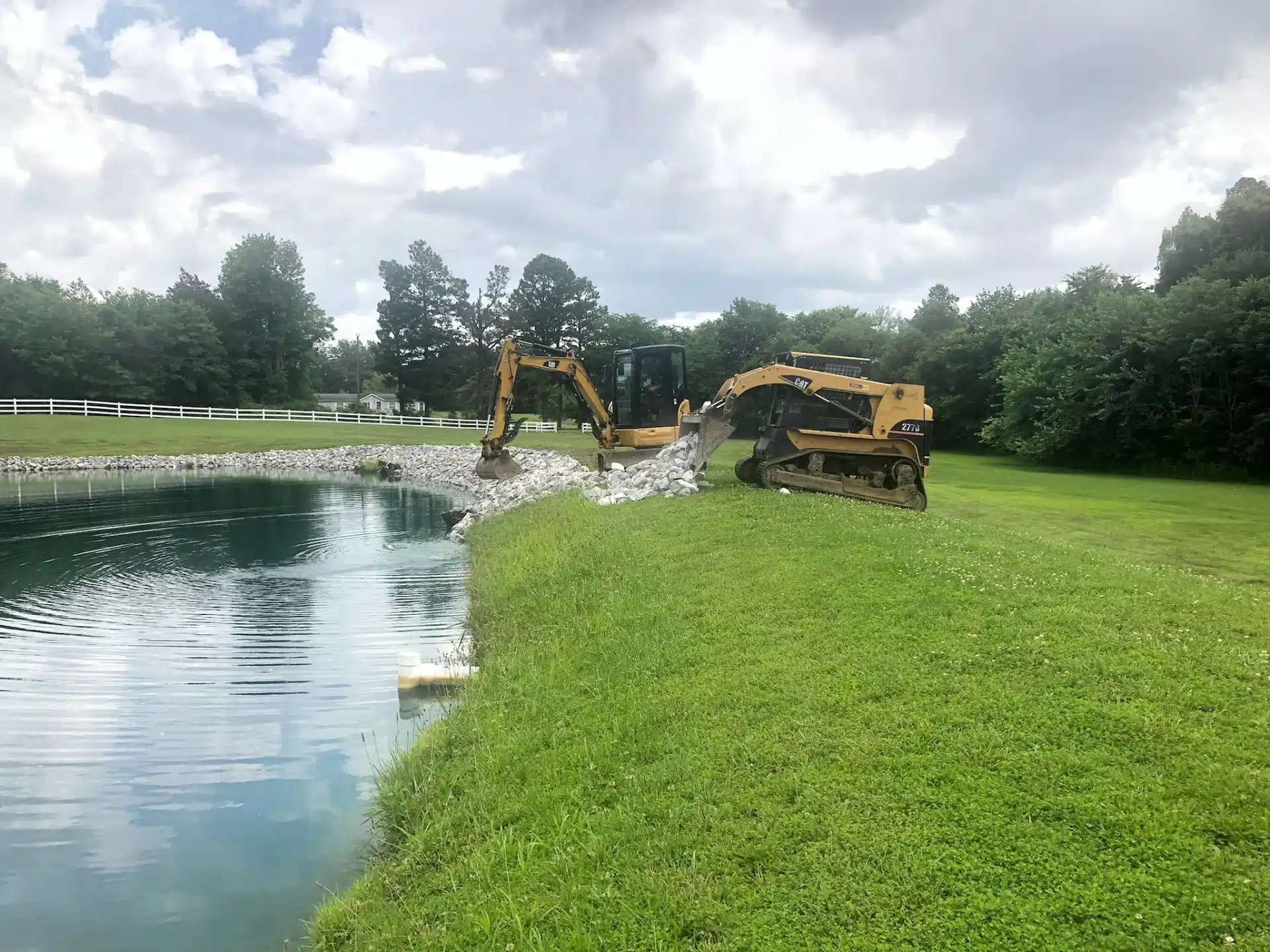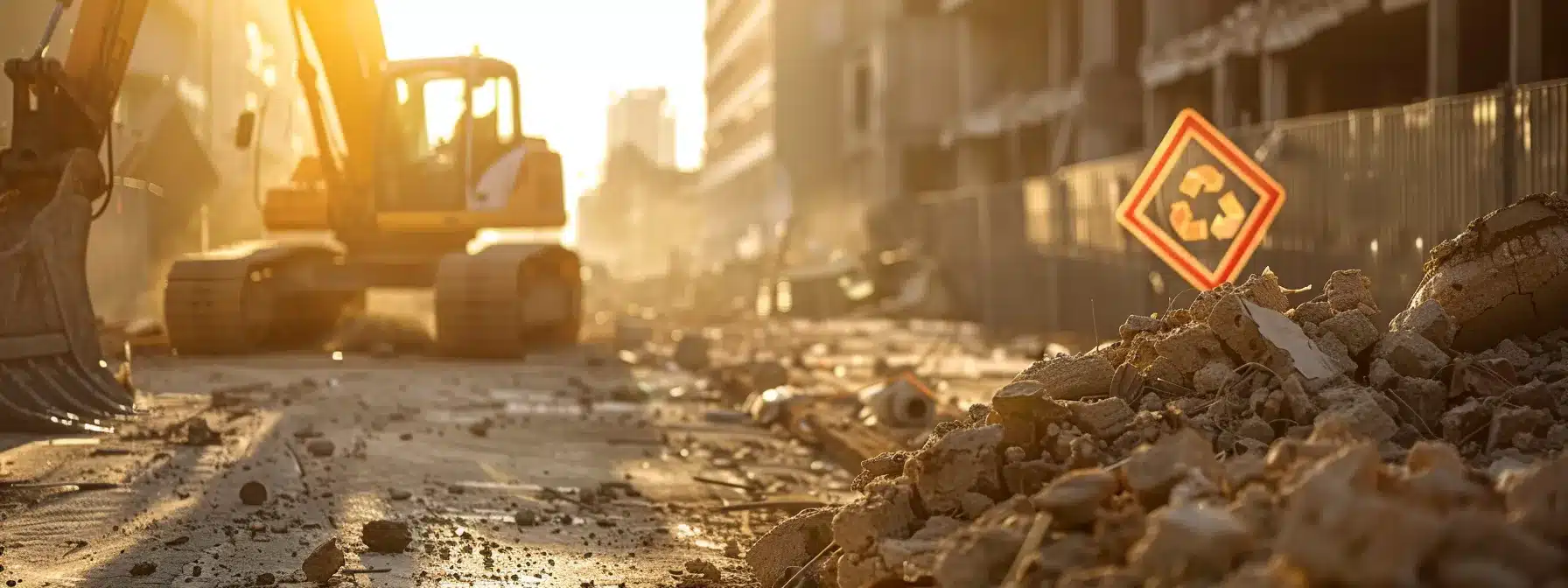Key Insights and Takeaways
- Benefits of Underbrush Clearing: Sustainable land clearing practices, such as underbrush clearing, help improve forest health by removing excess vegetation. This process enhances biodiversity, reduces the risk of wildfires, and allows for the regeneration of native plant species.
- Benefits of Forest Mulching: Forest mulching is an eco-friendly land clearing method that involves mulching trees and vegetation back into the ground. This technique helps improve soil quality, control erosion, and promote the growth of new vegetation, resulting in a more sustainable and productive ecosystem.
- Other Eco-friendly Land Clearing Methods: In addition to underbrush clearing and forest mulching, there are various other sustainable land clearing methods. These include selective clearing, where only specific trees or vegetation are removed, and mechanical clearing, which utilizes specialized equipment to minimize environmental impact. These practices contribute to sustainable land management and conservation efforts.
Introduction
The importance of sustainable land clearing practices cannot be overstated. By implementing environmentally-friendly methods, we can minimize the negative impact on ecosystems and promote the conservation of natural resources. Sustainable land clearing prioritizes the preservation of biodiversity and the maintenance of ecological balance. These practices contribute to the overall health of the environment and support long-term sustainability. Moreover, sustainable land clearing techniques offer economic benefits by enhancing ecosystem services, such as water filtration and carbon sequestration. By incorporating these practices into land clearing activities, we can ensure a more sustainable future for both the environment and the economy.
Benefits of Underbrush Clearing
Underbrush Clearing: The Professional Advantages
Underbrush clearing offers numerous benefits that make it a valuable practice in land management. Here are five key advantages:
- Increased fire resistance: Clearing underbrush reduces the risk of wildfires by eliminating the excess vegetation that acts as fuel.
- Improved forest health: Removing underbrush allows for better air circulation and sunlight penetration, promoting the growth of desirable trees and plants.
- Enhanced wildlife habitat: Underbrush clearing creates open spaces and diverse ecosystems that attract a variety of wildlife species.
- Minimized pest and disease risks: By removing underbrush, the spread of pests and diseases is reduced, protecting the overall health of the vegetation.
- Enhanced accessibility and usability: Clearing underbrush improves access to the land, making it more navigable and usable for recreational and agricultural activities.
Furthermore, the benefits of underbrush clearing extend beyond these points. For instance, it contributes to soil conservation, prevents erosion, and aids in watershed management. One such instance involves a landowner who decided to clear the underbrush on their property, leading to a significant reduction in the occurrence of wildfires and an increase in the abundance of wildlife. This success story highlights the effective long-term impact of practicing underbrush clearing.
Benefits of Forest Mulching
Forest Mulching: A Sustainable Land Clearing Practice with Multiple Benefits
Forest mulching is a highly beneficial sustainable land clearing practice that brings numerous advantages to the environment and surrounding ecosystems. It offers several key benefits worth considering.
- Enhanced Soil Conservation: Through forest mulching, the ground cover acts as a protective barrier, reducing soil erosion and preventing topsoil loss.
- Increase in Soil Fertility: Forest mulching helps in retaining moisture, providing an ideal environment for microorganisms to thrive, resulting in improved soil fertility and nutrient availability.
- Weed Suppression: Forest mulching helps to suppress the growth of unwanted weeds, minimizing competition for resources and allowing desired plants to flourish.
- Water Conservation: Forest mulching aids in water conservation by preventing excessive evaporation, maintaining soil moisture levels, and reducing the need for irrigation.
- Biodiversity Promotion: By preserving existing vegetation and organic matter, forest mulching supports biodiversity by creating habitat for various animal and insect species.
Forest mulching goes beyond these immediate benefits, offering long-term advantages for sustainable land management. It is an effective technique that aids in ecosystem restoration and contributes to the overall health and resilience of forested areas.
In many studies conducted by renowned ecological experts, such as those published in the journal “Environmental Management,” the benefits of forest mulching have been consistently observed and proven.
Other Eco-friendly Land Clearing Methods
Other Sustainable Methods of Clearing Land
Various eco-friendly techniques exist for land clearing that have several environmental benefits. These methods include:
- Manual clearing: This method involves the use of hand tools and machinery operated directly by workers to remove vegetation and debris from the land. It reduces the need for heavy machinery and minimizes soil disruption.
- Chemical-free clearing: This approach utilizes natural alternatives to herbicides and pesticides, such as mulching or controlled burning. It avoids the negative impacts of chemical usage on soil fertility and biodiversity.
- Rotational grazing: In this method, livestock are strategically rotated across different sections of land to control vegetation. It mimics the natural grazing patterns of wildlife and helps maintain biodiversity while managing vegetation growth effectively.
- Biological methods: This technique involves the introduction of natural predators or beneficial insects to control invasive species. It provides a sustainable way to manage vegetation without causing harm to the ecosystem.
Furthermore, it is important to consider site-specific factors when choosing the appropriate land clearing method. Factors like soil type, vegetation density, and the presence of protected species play a crucial role in determining the most suitable approach.
To illustrate the effectiveness of these eco-friendly methods, consider the story of a farmer who implemented manual clearing and rotational grazing techniques on his land. By reducing the use of heavy machinery and adopting sustainable grazing practices, he successfully managed to clear the land while preserving its biodiversity and soil quality. This story highlights the positive outcomes that can be achieved by employing other eco-friendly land clearing methods.
Conclusion
Sustainable land clearing practices have numerous benefits. These practices help conserve biodiversity, improve soil health, prevent erosion, and reduce greenhouse gas emissions. Additionally, they promote water conservation and enhance the aesthetic value of the land. Sustainable land clearing practices are crucial for promoting environmental sustainability and should be adopted widely.
To delve further, sustainable land clearing practices ensure the preservation of habitats for various species, thereby maintaining biodiversity. By avoiding indiscriminate clearing methods, these practices allow native plants and animals to thrive, contributing to a balanced ecosystem. Furthermore, adopting sustainable practices minimizes soil degradation, prevents erosion, and preserves soil fertility.
A unique aspect of sustainable land clearing practices is their positive impact on water conservation. By implementing measures such as contour planting and constructing retention ponds, these practices promote water infiltration and reduce water runoff. This not only helps recharge groundwater but also mitigates the risks of floods and droughts.
In a similar vein, there is a compelling true story that highlights the benefits of sustainable land clearing practices. In a small community facing deforestation and its subsequent environmental consequences, a group of local farmers decided to adopt sustainable techniques. By implementing agroforestry and reforestation methods, they were able to restore degraded land and improve crop yields. This success story inspired neighboring communities to follow suit, resulting in a significant positive change in the region’s environment.
Some Facts About Benefits of Sustainable Land Clearing Practices:
- ✅ Land clearing is essential for urban and agricultural development, providing space for buildings, homes, crops, and livestock. However, previous methods have proven harmful to the environment. (Source: Team Research)
- ✅ Responsible land clearing practices, such as underbrush clearing and forest mulching, have several environmental advantages. They help protect ecosystems and replenish the soil with composted plants. (Source: Team Research)
- ✅ Underbrush clearing is a less intense method suitable for small areas with few trees and stumps. It removes only the brush, preserving the surrounding plant and animal life. (Source: Team Research)
- ✅ Forest mulching is an effective technique for any size of land clearing. It chops trees, stumps, and vegetation into mulch, protecting the ground from erosion and allowing nutrients to return to the soil. (Source: Team Research)
- ✅ Other eco-friendly land clearing methods include manual removal instead of heavy machinery and burning fallen trees in the same area to return nutrients to the ground. (Source: Team Research)
FAQs about Benefits Of Sustainable Land Clearing Practices
What is the importance of land clearing in urban and agricultural development?
Land clearing is essential for urban and agricultural development as it prepares the specific area for construction of buildings and homes on level ground. It also provides farms with ample space to grow crops and raise livestock.
Why have previous methods of land clearing been harmful to the environment?
Previous methods of land clearing have proven harmful to the environment because they disrupt the ecosystems of species living in the cleared areas. These methods strip the land to the soil, causing lasting damage to the terrain and making it difficult for the ecosystems to return to their previous state.
What are the environmental advantages of responsible land clearing?
When practiced responsibly, land clearing has several environmental advantages. It helps prevent deforestation caused by slash and burn or clear-cutting methods, which release large amounts of carbon emissions into the air. Responsible land clearing techniques like forest mulching distribute plant matter back into the area, benefiting existing trees and vegetation.
How does forest mulching contribute to sustainable land clearing?
Forest mulching is an eco-friendly land clearing technique that uses mulchers to chop trees, stumps, and vegetation into mulch and spread it over the cleared area. This method helps replenish the soil with composted plants, protects the ground from erosion, and preserves natural water sources. It also protects trees by safeguarding feeder roots from exposure.
Can urban development benefit from eco-friendly land clearing methods like forest mulching?
Yes, eco-friendly land clearing methods like forest mulching can be beneficial for urban development. Forest mulching not only clears invasive or unnecessary vegetation but also protects nearby wildlife like deer, birds, and bees. Additionally, using a single machine for cutting, hauling, and cleaning minimizes soil deterioration and compression, making it a cost-effective and efficient choice for land clearing in urban areas.
If heavy machinery is needed for land clearing, how can it be done in an environmentally conscious way?
If heavy machinery is necessary for land clearing, it is still possible to be environmentally conscious. Manual removal should be considered instead of relying solely on heavy equipment. When burning fallen trees and brush, it is recommended to do it in the area where they were felled so that any remaining nutrients can return to the ground, rather than hauling them off-site.
Supreme Enterprises LLC
Looking for reliable land clearing solutions? Look no further! With over 16 years of experience, our skilled professionals at Supreme Enterprises specialize in land clearing. Our cost-effective solutions cater to all property types. Take the first step by calling us today at (270) 205-4108 and let us handle your land clearing needs with utmost precision and expertise













